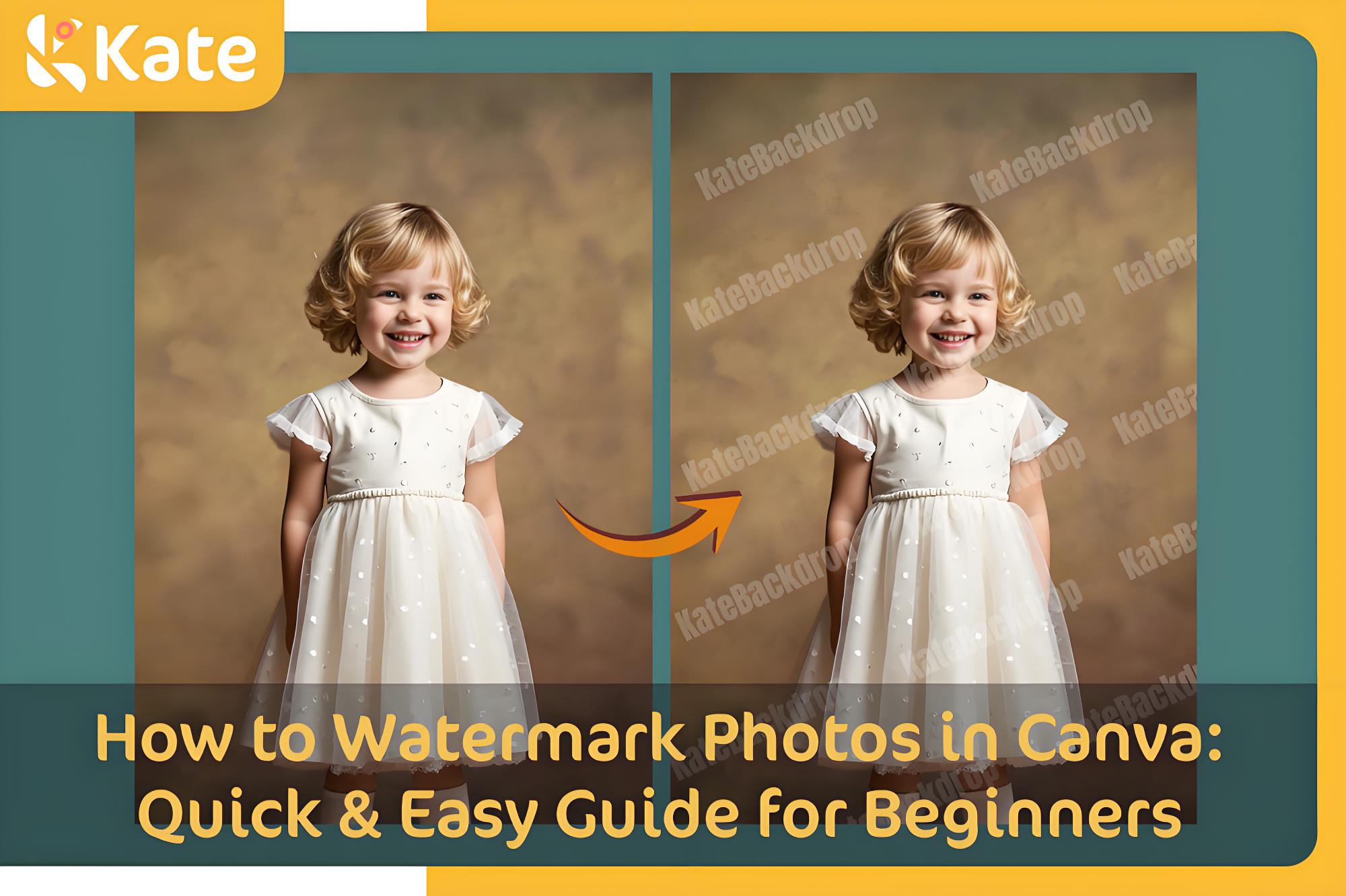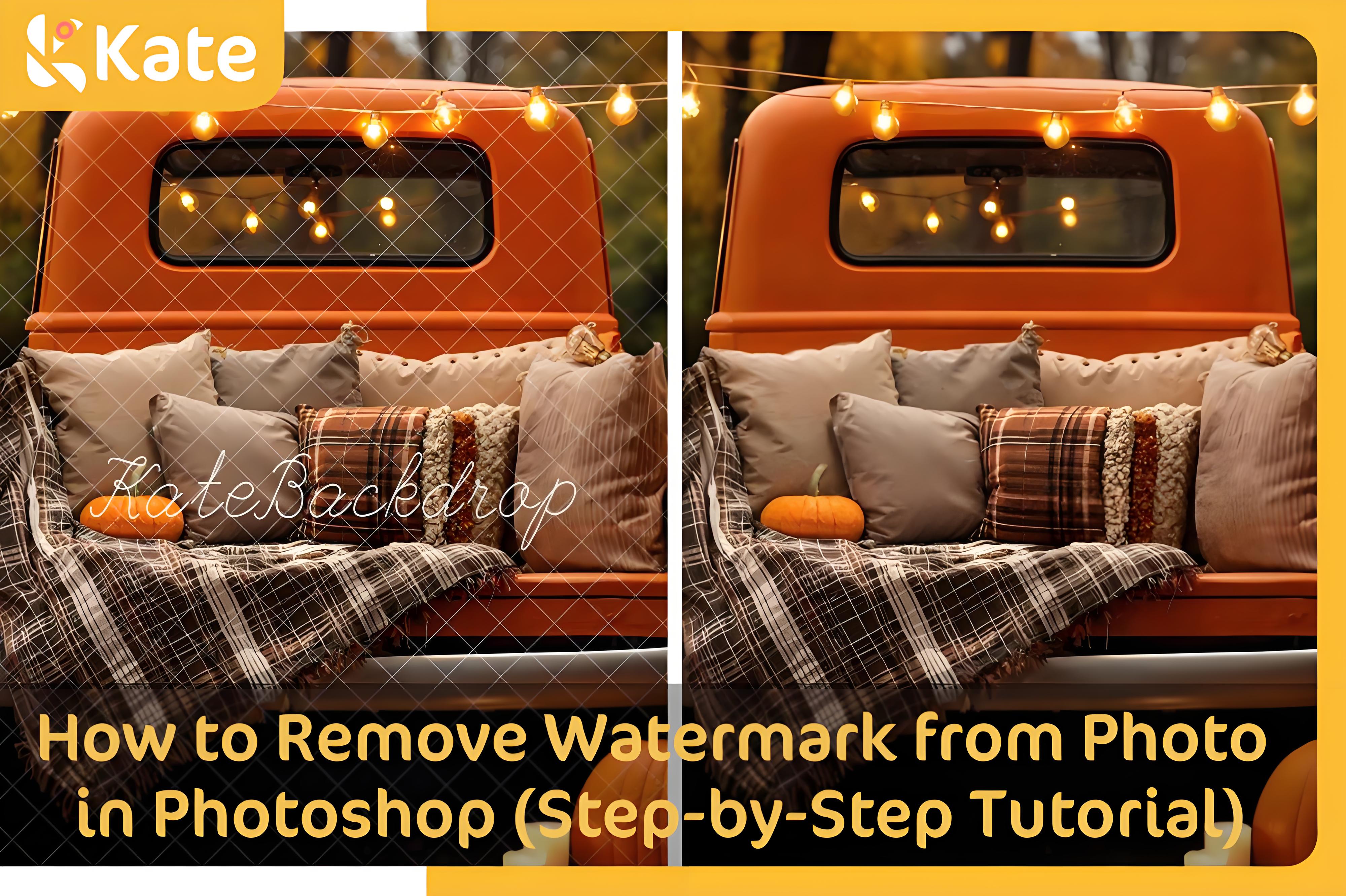✨ Build your dream setup!
Portrait vs Landscape Photography: Differences, Best Uses, When to Use Each and FAQs

Landscape photos are horizontal in format; portrait photos are vertical format. There is no best orientation for photography – both are useful, and the context determines the right orientation for each shot.
This post explores portrait vs. landscape photography, defining each orientation, explaining the differences and giving the best uses for each. FAQs conclude the discussion with answers to how to choose the right photo orientation for each shot you take.
Landscape vs Portrait
Every photographer is faced with a basic decision on each shot or when photographing a specific subject. The decision is whether to choose portrait orientation or landscape orientation. The right answer for that situation depends on:
Which orientation will capture the subject and its surroundings, so that the images tell the story you want to portray visually
The best orientation to employ technical composition rules such as leading lines or the Rule of Thirds
What Is Landscape Orientation?
Landscape orientation is taking pictures so that the width of the image is greater than its height – like the dimensions of most televisions and computer monitors. This horizontal format works well for classic landscape shots, large group photos and any wide scene, whether outdoors or indoors.
Landscape photography benefits from a wider frame that is consistent with how the human eye views the world, more width than height and typically scanning left to right.
Most camera sensors are designed with a native landscape orientation including full-frame (35mm), APS-C, Micro Four Thirds (4:3), full and crop medium format sensors, compact sensor cameras and smartphones. The default landscape orientation has been the historical standard.

What Is Portrait Orientation?
In photography, portrait orientation refers to shooting so that the height of the image is greater than its width – it is taller than it is wide. This is known as vertical format or orientation.
It’s no surprise that portrait orientation is commonly used when subjects are tall rather than wide. Here’s the key advantage: Vertical orientation allows you to fill the frame with the subject and gives you the option of including surrounding elements or eliminating them if you consider them to be distractions.

Image from Pexels
Differences Between Landscape and Portrait
There are several composition differences to consider when choosing portrait vs. landscape photo framing. These include how the orientation affects the composition of the photo, how the image tells the story to the viewer, the distance between the camera and subject, and how the camera is held.
Orientation and Aspect Ratio: Aspect ratio in photography is the ratio of the image’s length to its width. Landscape orientation results in images that are wider than they are tall, which is a good choice for capturing entire scenes. But landscape doesn’t work well for tall subjects – capturing the entire subject will leave lots of space on the sides.
Common landscape aspect ratios are 3:2, 4:3 and 16:9 – the first number being width and the second number being height.
Portrait orientation produces images that are taller than they are wide, ideal for vertical subjects especially when you want them to fill most of the frame. It doesn’t work well for broad subjects that you want to show in their surroundings.
Common aspect ratios using vertical format are 2:3, 3:4, 4:5 and 9:16. In each of these, the height (second number) is greater than the width (first number).
Capturing the Scene or Subject and Viewer Engagement: Portrait orientation is best used to capture a single vertical element or very few elements in the scene. It is used to isolate that subject from the surrounding scene, so that the subject dominates the frame. The viewer’s eye is drawn upward due to the vertical orientation.
Tip: Using portrait orientation to capture a wide scene results in your main subject being lost among the elements.
Landscape orientation differs from portrait orientation in that it purposely captures a wider view, including more elements. Typically no single element dominates the scene – or if there is a dominant subject, it is captured in its natural context rather than being isolated.
Distance: In most scenes, portrait shots are taken close to the subject or element that is central to the photo. This allows the photographer to isolate the subject from its background, if desired. When you want to portray the subject in its context, then landscape orientation naturally includes more background and side space.
Holding the Camera: Shooting portrait orientation with most cameras, 35mm for example, requires turning the camera so that your hands are at 12 and 6 rather than 9 and 3. The difference is obvious, but you may find that rapidly focusing and changing camera settings while holding the camera in portrait orientation takes time to master.
When to Choose Portrait or Landscape Orientation?
When choosing between portrait orientation and landscape orientation, consider your subject, how much detail you want to include, the message you are conveying and how the image will be displayed.
There are times you will want to shoot the scene or subject in both orientations to see which format captures the image and tells the story as you envisioned it.
Best Use Cases for Portrait Orientation
The classic use of the portrait orientation is for portrait photos of single or group subjects because it complements the human form better than landscape orientation.
Choose portrait orientation for:
- People and pets: In portrait photography, the camera is held closer to the subjects, and so the images offer detail, capturing facial features and expressions. A sense of intimacy is achieved. Emotion is conveyed. Also, shooting closer allows the photographer to use a wide lens and wide aperture to isolate the subject from the background.

Image from Pexels
- Tall subjects such as trees, buildings, mountain peaks, etc.: The vertical orientation allows you to capture tall shots without having to include as much surrounding detail as you would shooting the same subject in horizontal format. Vertical lines, such as in buildings or tree trunks, are emphasized with portrait orientation.

Image from Pexels
- Any time detail is essential: As noted, the portrait orientation lends itself to closer shots that capture the nuances and particulars of the subject.

Image from Pexels
- Social media: Social media image orientation on most platforms is portrait orientation. This is primarily for smartphone viewing.

Image from Pexels
Best Use Cases for Landscape Orientation
Of course, landscape orientation is ideal for taking wide shots indoors and especially in broad, outdoor settings when you wish to convey a sense of size. This horizontal orientation is ideal for capturing the “big picture,” the whole scene in front of you including the background.
- Landscape photography: Capture dramatic vistas, horizons, ranges, fields and other wide expanses with landscape format. Shooting horizontally gives a sense of scale and captures more of the scene surrounding the main subject – sometimes the entire landscape is the subject.

- Cityscape photography: Landscape orientation gives you a broad view when shooting skylines and urban panoramas. It works well in street photography when the lines are mainly horizontal; try portrait format for individuals you encounter on the street.

- Large-group photography: Large families, wedding parties, work groups, teams, etc., require horizontal orientation.

- Wide-angle photography: When capturing width is the goal, this is the format to use to achieve it.

- Video: YouTube and most other video platforms are designed for landscape orientation.

Portrait vs. Landscape: Which Is Better for Photographers?
There are times when portrait orientation is better and others when shooting in landscape orientation is preferred.
Which photography format is the best in any given scenario depends on how you want to capture and depict the subject.
Landscape orientation is chosen by photographers to capture wide scenes where the surrounding context is included. Examples include classic landscapes, large group photos, skylines, and similar horizontally depicted scenes. Getting the whole scene is better for telling a story, and the format complements your eye’s view of the world and the way viewers take in images from side to side rather than up and down.
Portrait orientation is the better choice for photographing subjects that are taller rather than wide, i.e. vertical subjects including the human form, tall structures, trees, etc. The format allows for, but does not require, closer shots that show detail not captured with wider shots.
Here’s a quick checklist:
Choose Landscape Orientation when:
The scene is wide – landscapes, cityscapes, horizons – and you wish to create a feeling of vastness.
- Leading lines are horizontal.
- You want to include background details.
- It’s a large group shot and people are side by side.
- The scene lends itself to scanning from side to side.
- The shot captures action such as in sports or wildlife photography.
- You want to communicate a spacious, tranquil or majestic feeling.
- When you’re shooting video.
Choose Portrait Orientation when:
- Subjects are single or small groups of people.
- The orientation of the subject is vertical/tall.
- You plan to capture close-ups and details.
- The feeling you want to communicate is height, intimacy, or strength.
- You are posting to social media.
Frequently Asked Questions
How to make a portrait picture landscape?
If you have a portrait image that you want to change to landscape orientation, here are the steps:
In Photoshop, Lightroom or other editing software, increase the canvas width to your preferred landscape ratio – commonly 3:2 or 16:9. Crop the image and extend the background using tools like cloning, a healing brush, blurring and gradient fill to complete the conversion. AI tools like Adobe Generative Fill and Canva Magic Expand are newer options for filling space to turn a portrait image into a landscape image.
How to turn a landscape photo into a portrait?
When you have an image shot in landscape orientation that you want to convert to portrait orientation, follow these steps.
In Photoshop, GIMP or other editor. Choose your preferred aspect ratio. The most popular are 3:4, 4:5 and 9:16. Then adjust the crop to center the main subject. Experiment to get the best image composition. AI background fill tools or manual edits can be used to complete the image.
What’s best, Landscape vs Portrait on iPhone?
Both are good options depending on how you will use the image.
Landscape is best for wide shots, large group photos and if you’re putting videos on YouTube. Portrait shooting is a better choice for daily use, selfies, and social media platforms including TikTok, Instagram Stories and Reels.
Should a poster be landscape or portrait?
Photography for posters and wall art should be portrait if it depicts people standing upright or other tall subjects. Portrait is also the better orientation for posters with a lot of text, because it is easier to read in portrait format – more like a book. Finally, portraits fit doors and bulletin boards better.
The poster should be landscape when it depicts visuals that look better in wide format. When content is more visual than text, landscape orientation works well.
Should my portfolio be landscape or portrait?
It depends on the purpose of the portfolio.
Your portfolio should be portrait for showcasing fashion photography, portrait photography, architectural photography with an emphasis on single buildings, fine art photography and illustrations.
Your portfolio should be landscape if it features landscape photography, cityscapes and general architectural photography, wedding photography, group portraits, sports/action photography, travel photography, and wildlife and nature photography.
Is it better to print a portrait or a landscape?
Printing portrait or landscape depends on a few factors. Print landscape for group shots, street scenes, general scenery, and banners. Print portrait for shots with one person or a small group, and for subjects that are tall rather than wide.
Is landscape or portrait better for Instagram?
Portrait is best for posts on Instagram because that orientation fills the screen better. And Instagram Stories uses the 9:16 format, which is a vertical or portrait orientation.
Is landscape or portrait better for TikTok?
Portrait is best for TikTok since the platform is designed for full-screen videos in vertical format.














 Valentine's Day🌹
Valentine's Day🌹


















